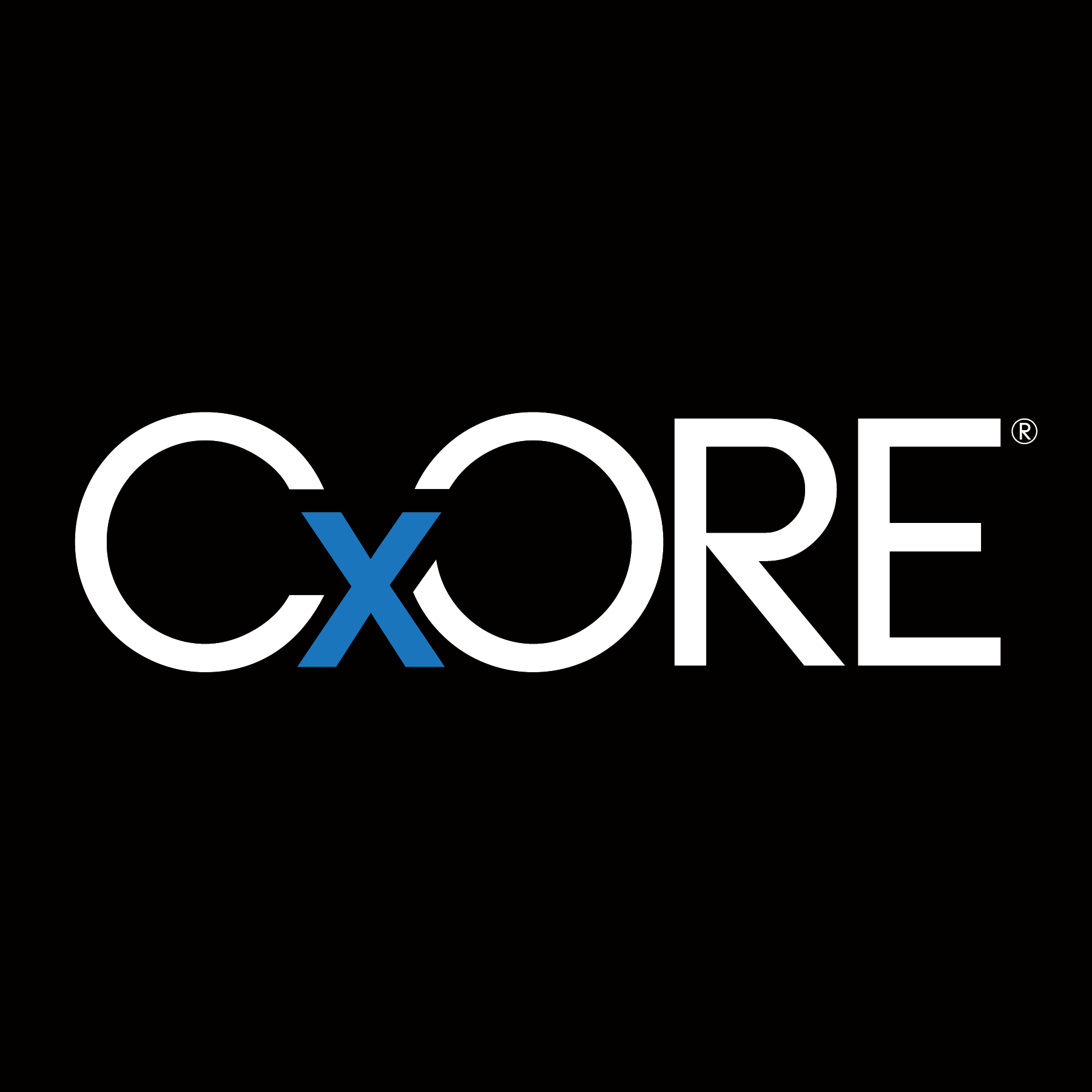Maintain your Financial Stability in a Challenging Market
- CxORE Team
- Sep 13, 2022
- 2 min read
Updated: May 23, 2024
Achieving optimal capital efficiency using the correct numbers

Smarter use of capital can be attained by keeping your eye on the most relevant start-up metrics
In today’s market, start-up companies must demonstrate the highest level of fiscal discipline with their funded capital. Lack of capital efficiency could lead to running out of runway or an inability to attract follow-on funding.
While fiscal discipline has always been important, the stakes are even higher now. It’s time to explore how to find a safer financial pathway to meet this new reality. This effort can be complicated, as start-up companies must use different performance metrics than mature companies.
In all companies, the following metrics are appropriate for evaluating performance and predicting results:
Financial Metrics | Customer Metrics |
Cash Flow | Customer Acquisition Cost |
Financial Leverage | Retention Rate |
Revenue | Customer Long-term Value |
Net Income | Churn Rate |
However, for start-ups, particularly those who are in the process of establishing sustainable revenue growth, additional metrics are warranted:
Marginal / Gross Metrics | Operational Metrics |
Burn Rate | Operating Income |
Gross Profit | Operating Profit |
Analyzing revenues and profitability is critical
Tracking the difference between gross profit and operating profit is vital. If this gap is large or growing, it indicates that overhead expenses may become too high, and excessive operating costs erode potential profit.
In addition to COGS, individual operating expenses to track and analyze are rent, utilities, employee wages and overhead, and insurance. Excessive spending on operational growth will degrade a start-up’s capital efficiency and increase its solvency risk.
Burn rate monitoring and cash management critical to survival
Preserving capital through rigorous attention to burn rate is mandatory. In these challenging times, start-ups must be both financially savvy and conservative.
Burn rate is the rate at which cash, and thereby capital, is decreasing. In addition to the monthly cash burn rate, separately track both gross burn and net burn:
Gross burn: is equal to all of a company’s outgoing cash
Net burn: is the difference between outgoing cash and incoming cash
Net burn is an accurate measure of the amount of cash a company is burning. Investors typically focus on this statistic to understand how long the money will last - the amount of runway remaining.
Investors will also monitor the rate at which revenues and expenses are growing as your monthly burn is unlikely to be a constant number.
Tracking these metrics allows a company to react and make intelligent changes. This could mean cutting or deferring expenses or rebalancing funds to focus more effort on growing revenues.
Aggressively managing the high “people” cost of growth is a top priority
Founders understand that they must scale operations to support their growth. However, with shrinking funding resources, growth has become even riskier. Payroll expense, typically 60-80% of total operating costs, requires intense scrutiny.
In addition, start-ups share the same risk as more mature companies: time lags in acquiring new talent, high training costs, miss-hires, and turnover – all of which make building out the operational team to manage growth extremely costly.
Business services partnering can have a significant impact on success
Many companies are adopting a beneficial strategy by partnering with Business Process Services (BPS) firms. BPS providers give start-up and early-stage organizations the ability to efficiently grow their operational capabilities and capacity. The added benefit is that your financial metrics will also improve.
You may still feel the burn, but accelerated growth at a lower cost could be well within your reach.




Comments